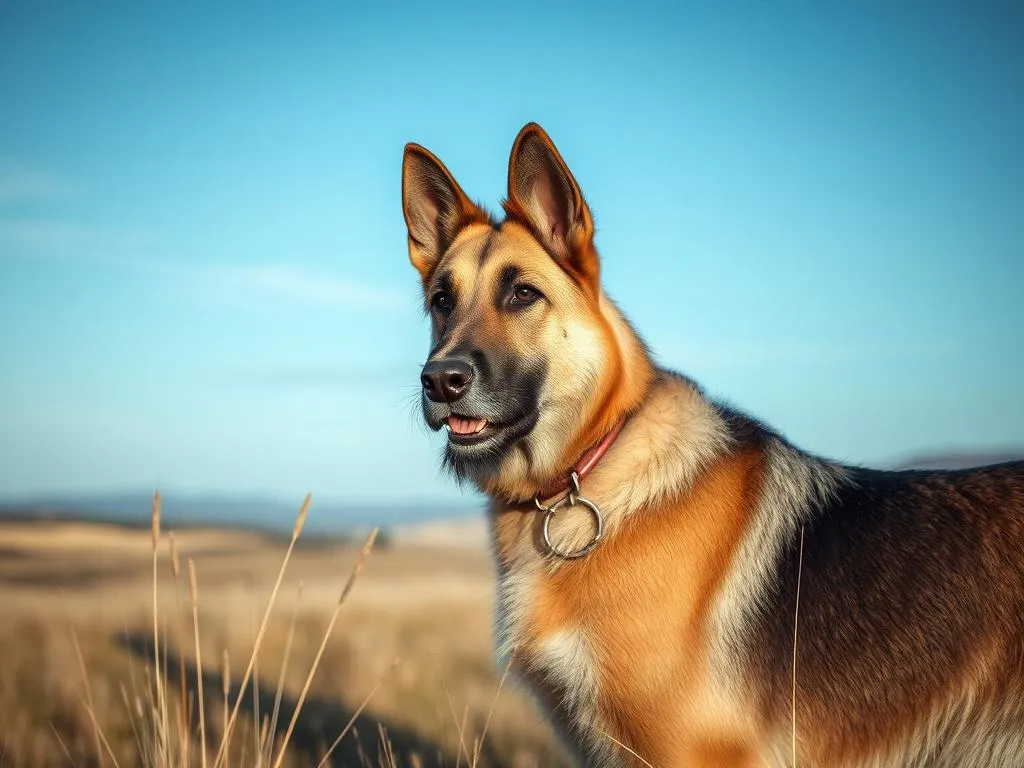
Dogs come in a diverse array of breeds, each with unique characteristics, histories, and traits that make them special. Among these breeds is the Berger Picard, a herding dog known for its intelligence and lively demeanor. This article will delve into the Berger Picard, exploring its history, physical characteristics, temperament, care needs, and suitability as a family pet, providing a comprehensive understanding of this remarkable breed.
Understanding Dog Breeds
Definition of Dog Breeds
A dog breed is a specific group of domesticated dogs with distinct characteristics, including appearance, temperament, and behavior. These traits arise from selective breeding, where certain qualities are emphasized to meet specific roles, whether in herding, hunting, or companionship. Understanding these characteristics is crucial for prospective dog owners, as it helps them select a breed that fits their lifestyle and preferences.
Categories of Dog Breeds
Dog breeds can be classified into various categories based on their original purpose. Common categories include:
- Working Breeds: These dogs are bred to perform specific tasks, such as guarding, pulling sleds, or search and rescue.
- Herding Breeds: This group includes dogs that assist in herding livestock, such as sheep and cattle.
- Sporting Breeds: These breeds are developed for hunting and retrieving, often excelling in water and field trials.
- Toy Breeds: Small in size, these dogs are bred primarily for companionship.
- Terriers: Known for their feisty nature, terriers were originally bred to hunt vermin.
- Hounds: These breeds are specialized for tracking and hunting, with keen senses of smell.
The Role of Breeds in Human Society
Different breeds have played significant roles in human society, from acting as loyal companions to serving in critical working roles. They participate in various activities, including therapy and service work, showcasing their intelligence and adaptability. Additionally, many breeds engage in shows and competitions, highlighting their physical attributes and training capabilities.
Introduction to the Berger Picard
Breed Overview
The Berger Picard is a unique herding dog that originates from the Picardy region of France. Known for its distinctive appearance and lively personality, this breed is characterized by its upright ears, rough coat, and a playful demeanor. The Berger Picard is not just a pretty face; it is also a hardworking and intelligent breed, making it a wonderful companion for active families.
History of the Berger Picard
The Berger Picard has a rich history rooted in its role as a shepherd’s dog. The breed dates back to at least the 9th century, where it was primarily used for herding sheep and protecting livestock in the French countryside. Over the centuries, the Berger Picard became known for its agility and strong work ethic. Although it faced decline in popularity after World War II, efforts by breed enthusiasts led to its recognition by various kennel clubs, including the American Kennel Club (AKC).
Unique Characteristics of the Berger Picard
The Berger Picard boasts several unique characteristics that set it apart from other breeds:
- Temperament: They are known for their friendly, affectionate nature and strong bond with their families.
- Intelligence: Highly intelligent, the Berger Picard excels in learning new commands and tasks.
- Energy Levels: This breed has high energy levels and requires regular exercise to stay healthy and happy.
- Social Behavior: They are generally good with children and can get along well with other pets if socialized properly.
Physical Characteristics
Size and Weight
The Berger Picard is a medium-sized dog, typically standing between 21 to 24 inches tall at the shoulder. Their weight can range from 50 to 65 pounds, with males generally being larger than females. Growth patterns can vary, but most Berger Picards reach their full size by around 18 months of age.
Coat and Color
The coat of the Berger Picard is rough and medium-length, designed to withstand the elements. It is water-resistant and provides protection during outdoor activities. Common colors include fawn, brindle, and gray, often with some white markings. The texture of their coat requires regular grooming to prevent matting and to keep it in optimal condition.
Distinctive Features
One of the most recognizable features of the Berger Picard is its erect ears, which can be either pointed or slightly rounded at the tips. Their expressive eyes reflect intelligence and curiosity, making them engaging companions. The breed’s tail is typically long and can be either straight or slightly curved.
Temperament and Behavior
Personality Traits
Berger Picards are known for their loyal and affectionate personalities. They form strong bonds with their families and thrive on companionship. This breed is playful and enjoys engaging in various activities, making them excellent family pets. Their protective nature also makes them good watchdogs, as they are naturally alert and aware of their surroundings.
Intelligence and Trainability
The intelligence of the Berger Picard is one of its standout traits. They are quick learners, which makes training relatively easy. However, they require consistent and positive reinforcement methods. Training sessions should be engaging and varied to keep their interest piqued. Socialization from a young age is crucial to help them develop into well-rounded adults.
Social Needs
Socialization is essential for the Berger Picard to ensure they are comfortable around new people and other animals. Early exposure to various environments, sounds, and situations will help them become confident and less prone to anxiety. Regular interaction with other dogs and pets is also beneficial for their social development.
Care and Maintenance
Grooming Requirements
The grooming needs of the Berger Picard are moderate. Regular brushing is recommended to prevent tangles and mats in their coat. Typically, brushing once a week is sufficient, although more frequent grooming may be necessary during shedding seasons. Bathing should be done as needed, usually every few months or when they get particularly dirty. Regular nail trimming and ear cleaning are also important to maintain overall health.
Exercise Needs
The Berger Picard is a highly energetic breed that requires ample exercise to stay healthy. Daily walks, playtime in the yard, and engaging activities like agility training or obedience classes are ideal for this breed. Aim for at least 60 minutes of exercise each day to keep them physically and mentally stimulated.
Nutrition
A balanced diet is crucial for the health of the Berger Picard. High-quality dog food, appropriate for their age, size, and activity level, should be provided. It’s essential to consult with a veterinarian regarding specific dietary needs and to ensure that they receive the right balance of nutrients. Proper feeding guidelines should be followed to prevent obesity, which can lead to various health issues.
Health Considerations
Common Health Issues
Like all breeds, the Berger Picard can be prone to certain health issues. Common concerns include hip dysplasia, elbow dysplasia, and some eye conditions. Regular veterinary check-ups and preventive care can help detect and manage these issues early.
Lifespan and Aging
The average lifespan of the Berger Picard is around 12 to 15 years. As they age, their care needs may change, requiring adjustments in diet, exercise, and medical care. Regular vet visits become increasingly important to monitor their health and address any age-related concerns.
The Berger Picard as a Family Pet
Suitability for Different Lifestyles
The Berger Picard is adaptable to various living situations, making it suitable for families living in both apartments and houses with yards. However, they do thrive in environments where they can be active and engaged. Families with children will find this breed to be a playful and protective companion, as they often form strong bonds with younger family members.
Training and Behavioral Tips
When training a Berger Picard, positive reinforcement techniques work best. Reward-based training methods, including treats and praise, help reinforce good behavior. Addressing common behavioral issues, such as barking or separation anxiety, requires patience and consistency. Engaging them in regular training sessions can help mitigate these concerns and build a strong bond between the dog and its owner.
Conclusion
The Berger Picard is a distinctive and intelligent breed that stands out for its loyal and affectionate nature. With a rich history as a herding dog, this breed brings unique qualities to any family. If you’re considering a Berger Picard, be prepared for an active, engaging companion that thrives on social interaction and mental stimulation. Researching the breed further and connecting with breed clubs can provide valuable insights into welcoming a Berger Picard into your home.
In conclusion, the Berger Picard is not just a breed; it’s a partner in adventure, a protector, and a beloved family member. Its unique combination of intelligence, loyalty, and playful spirit makes it a breed worth considering for anyone looking for a devoted canine companion.









